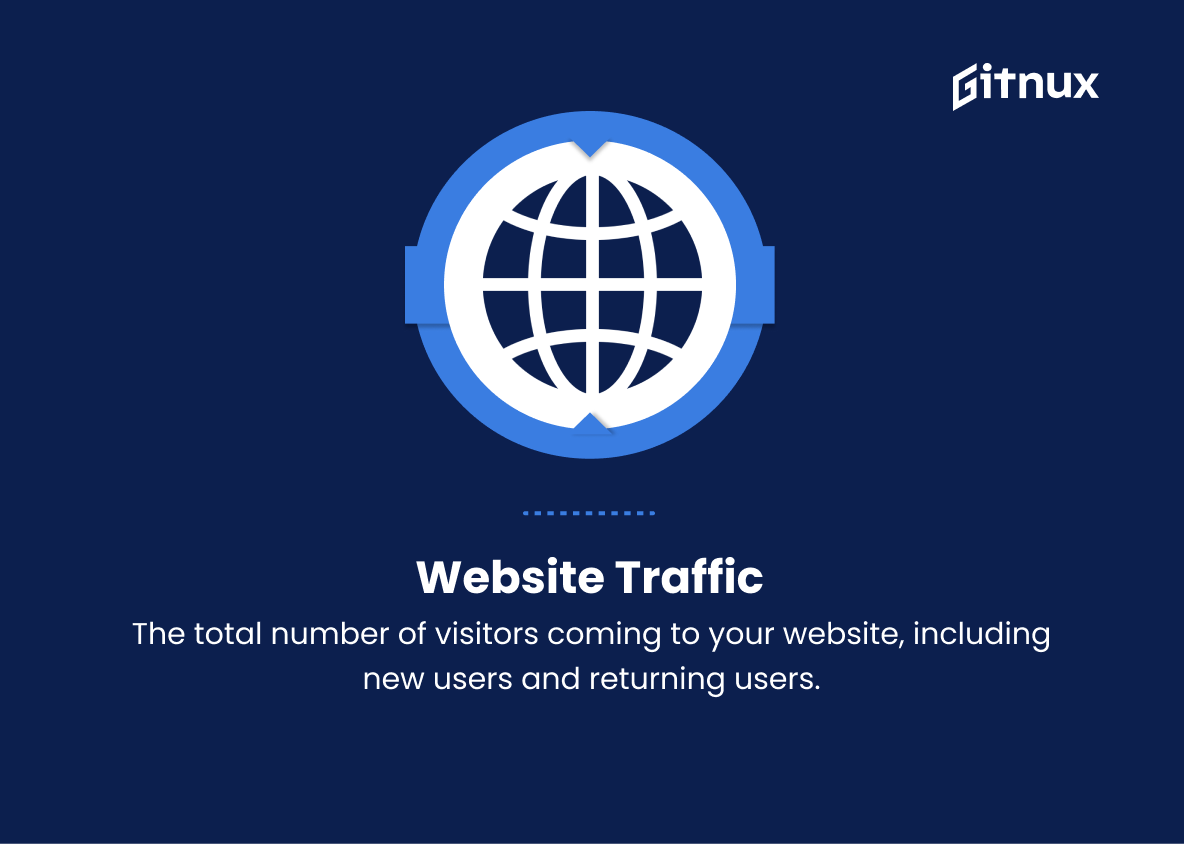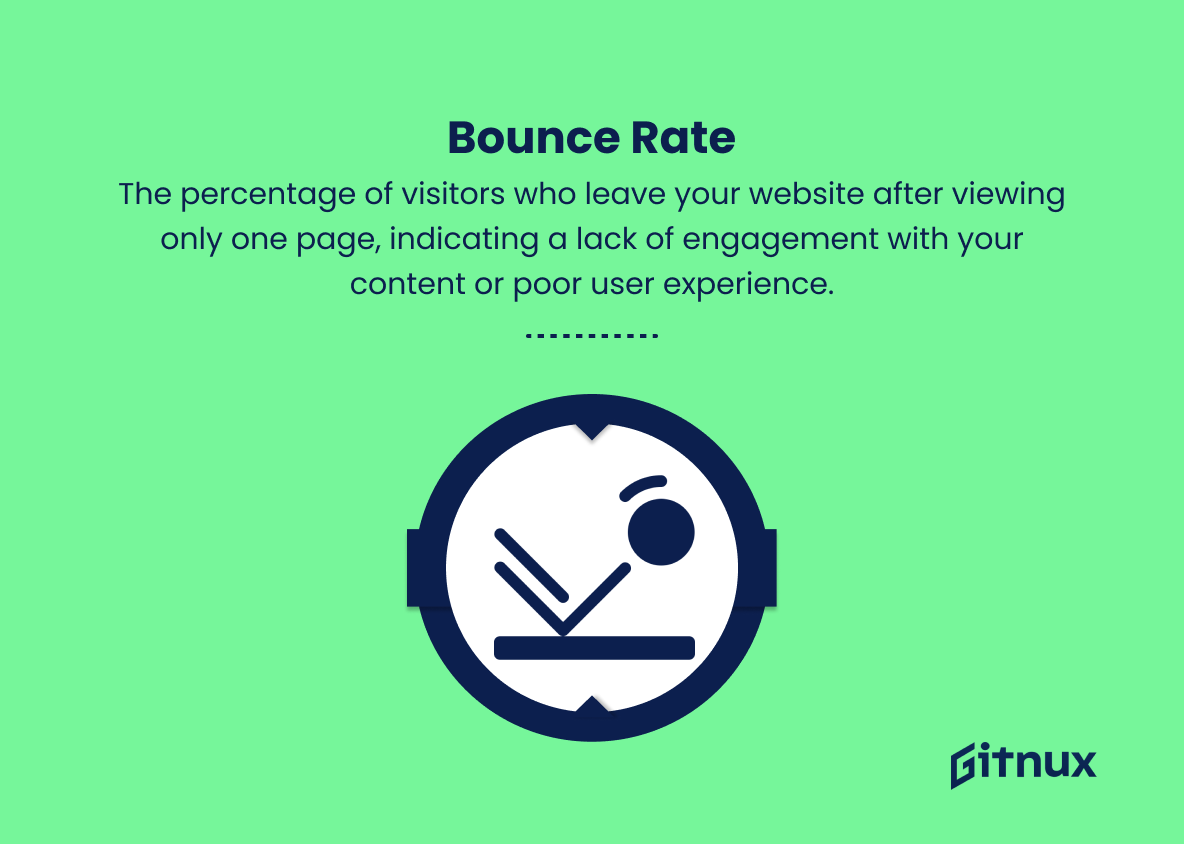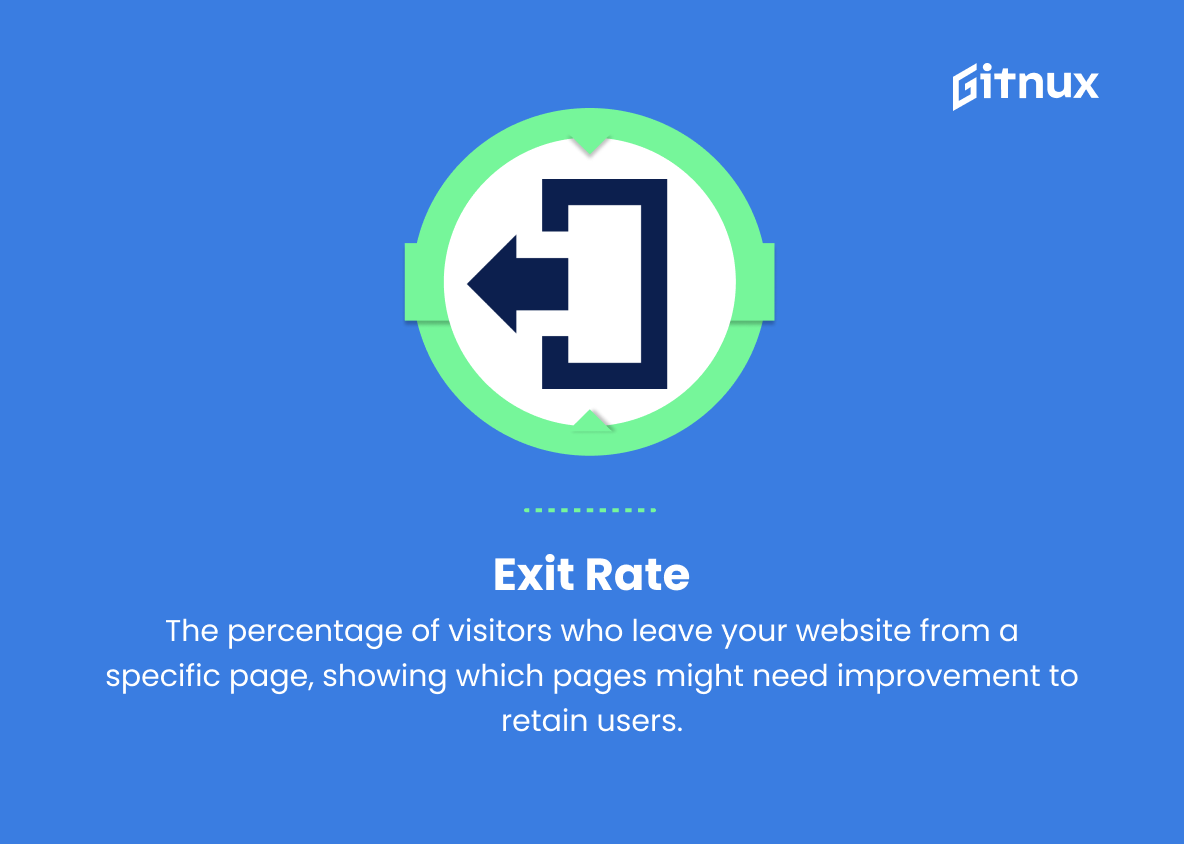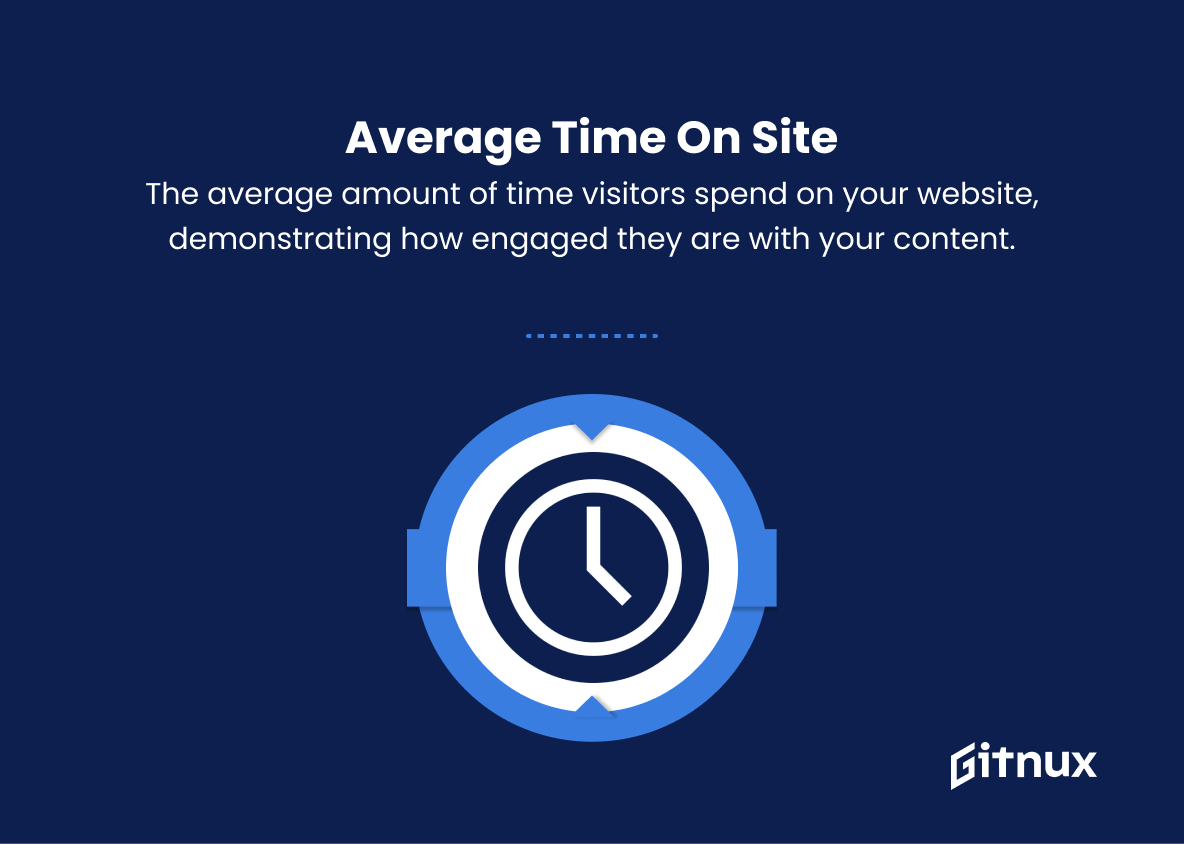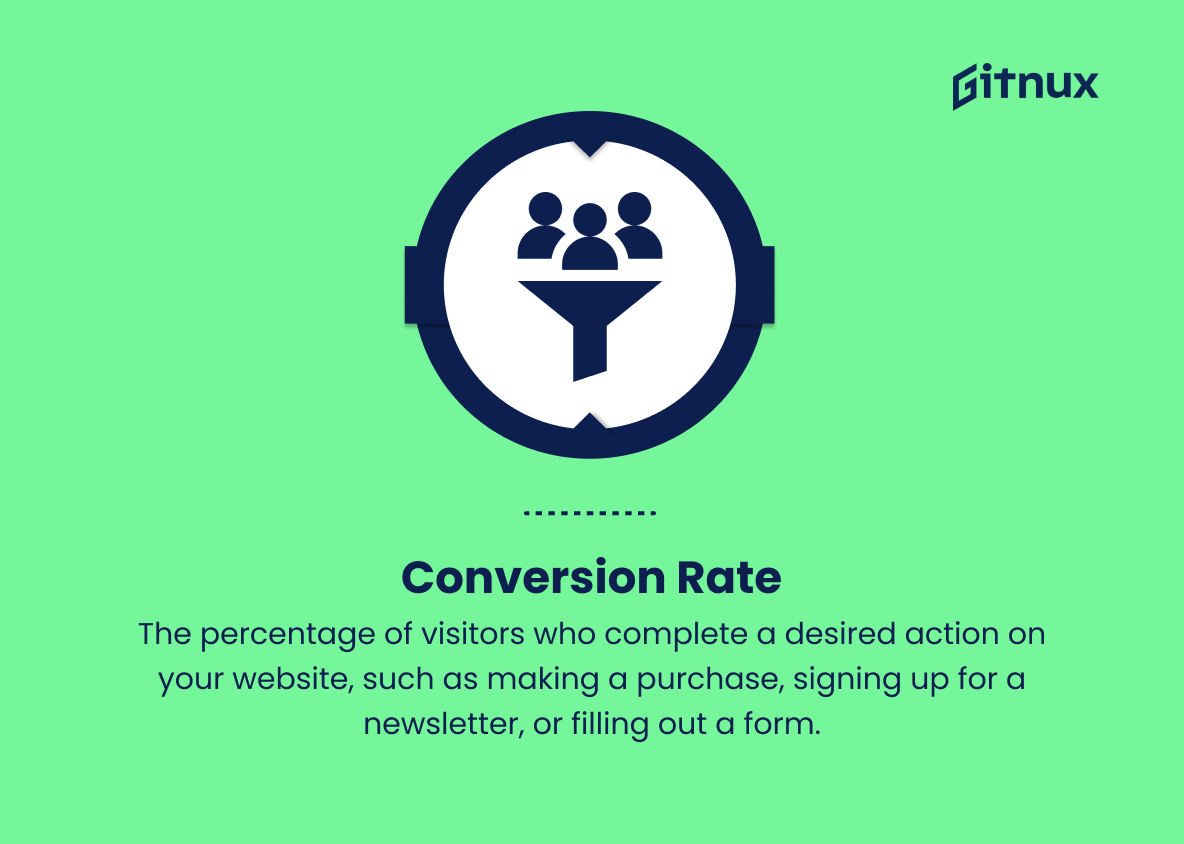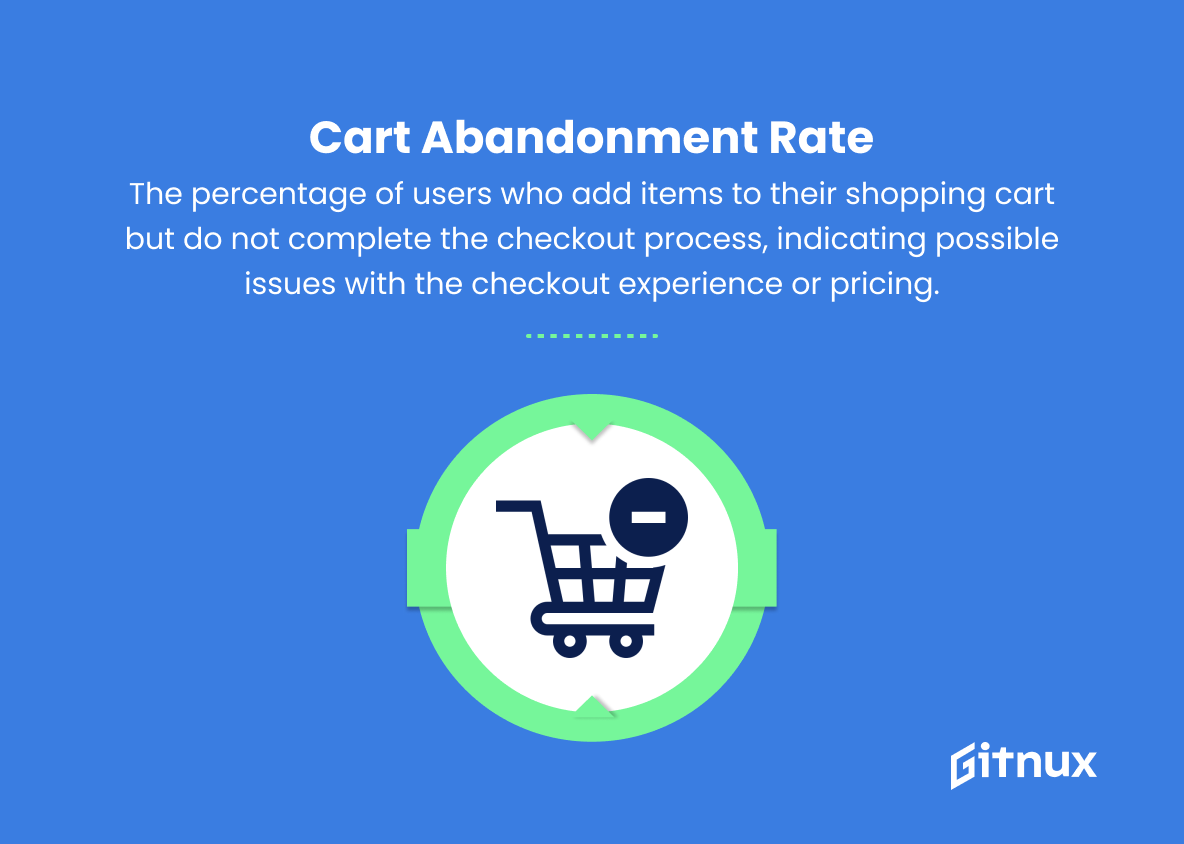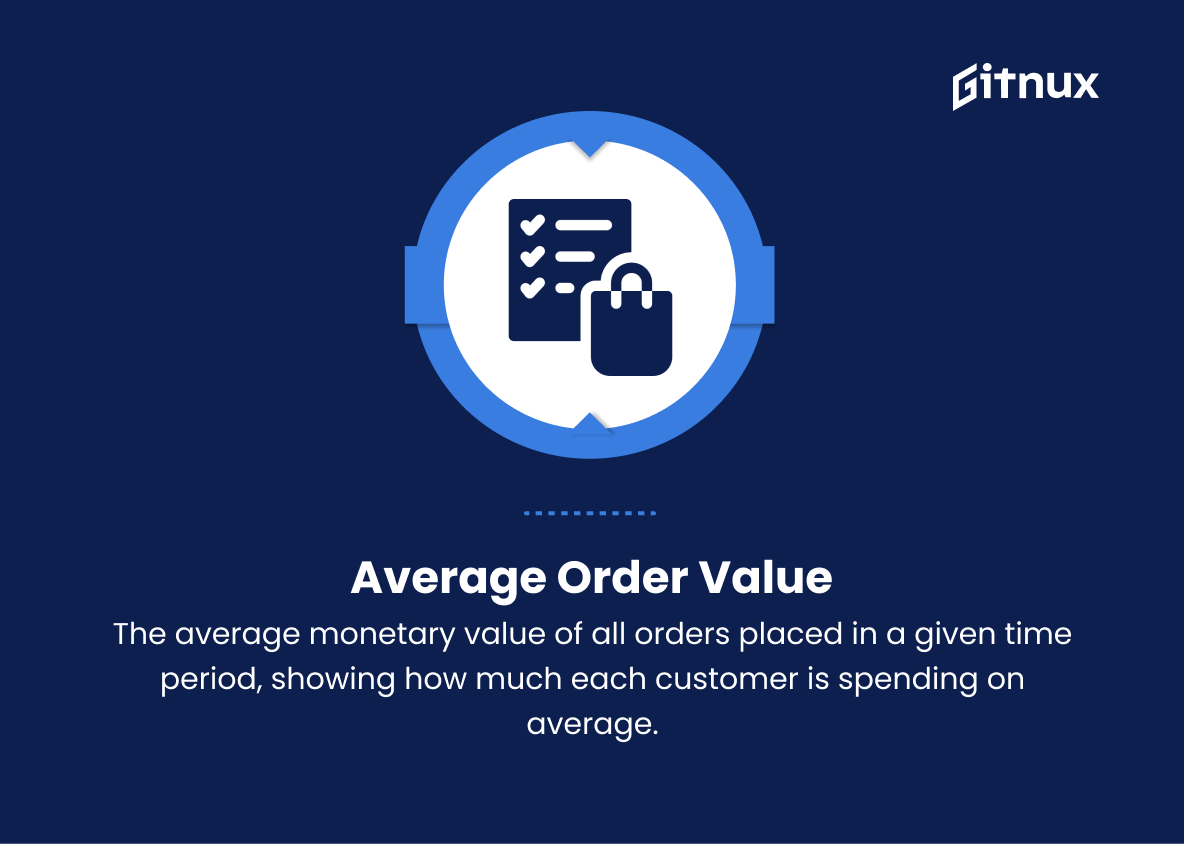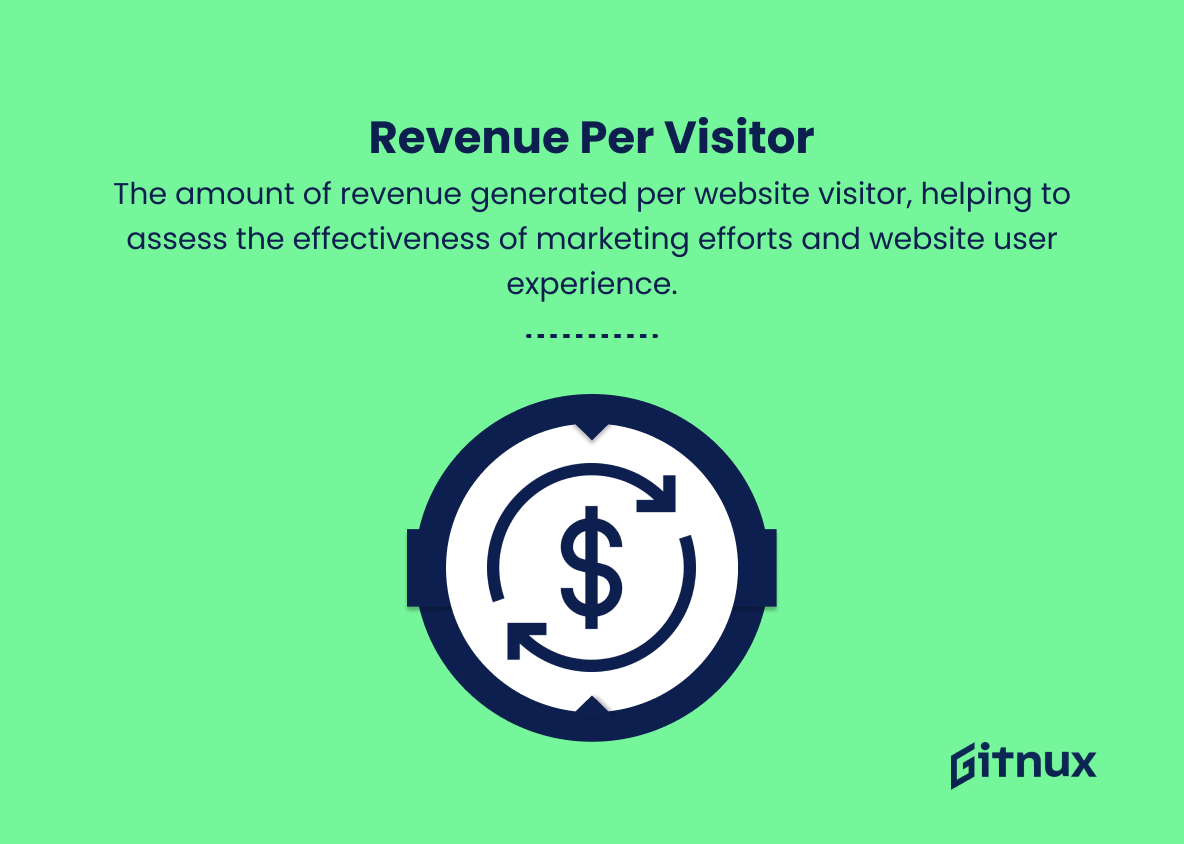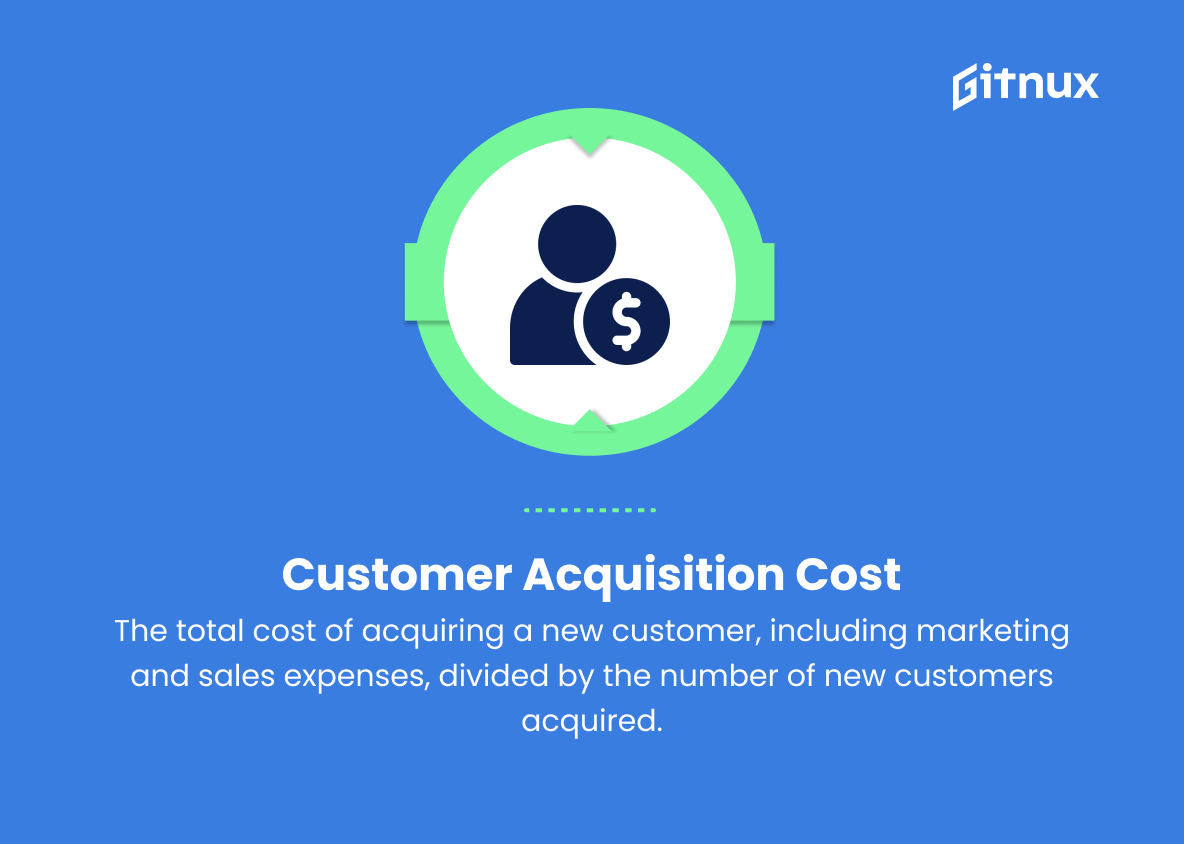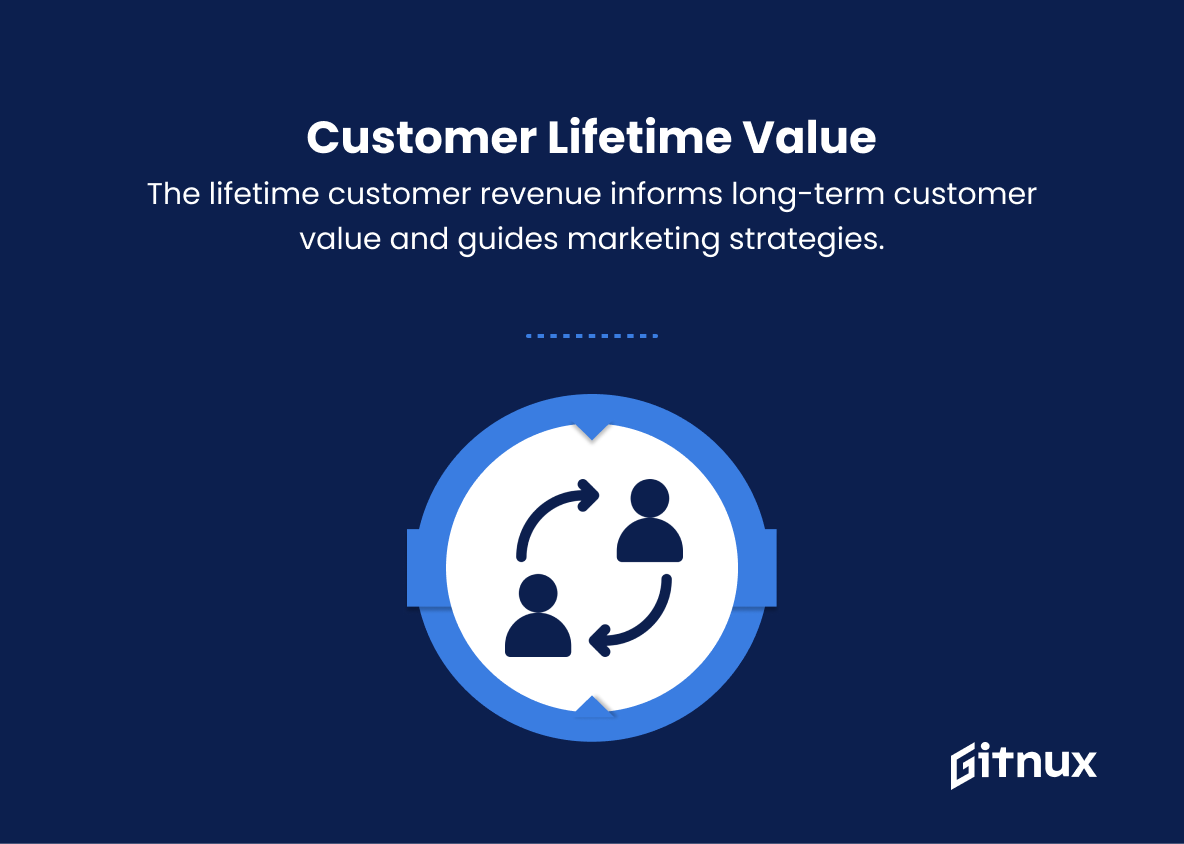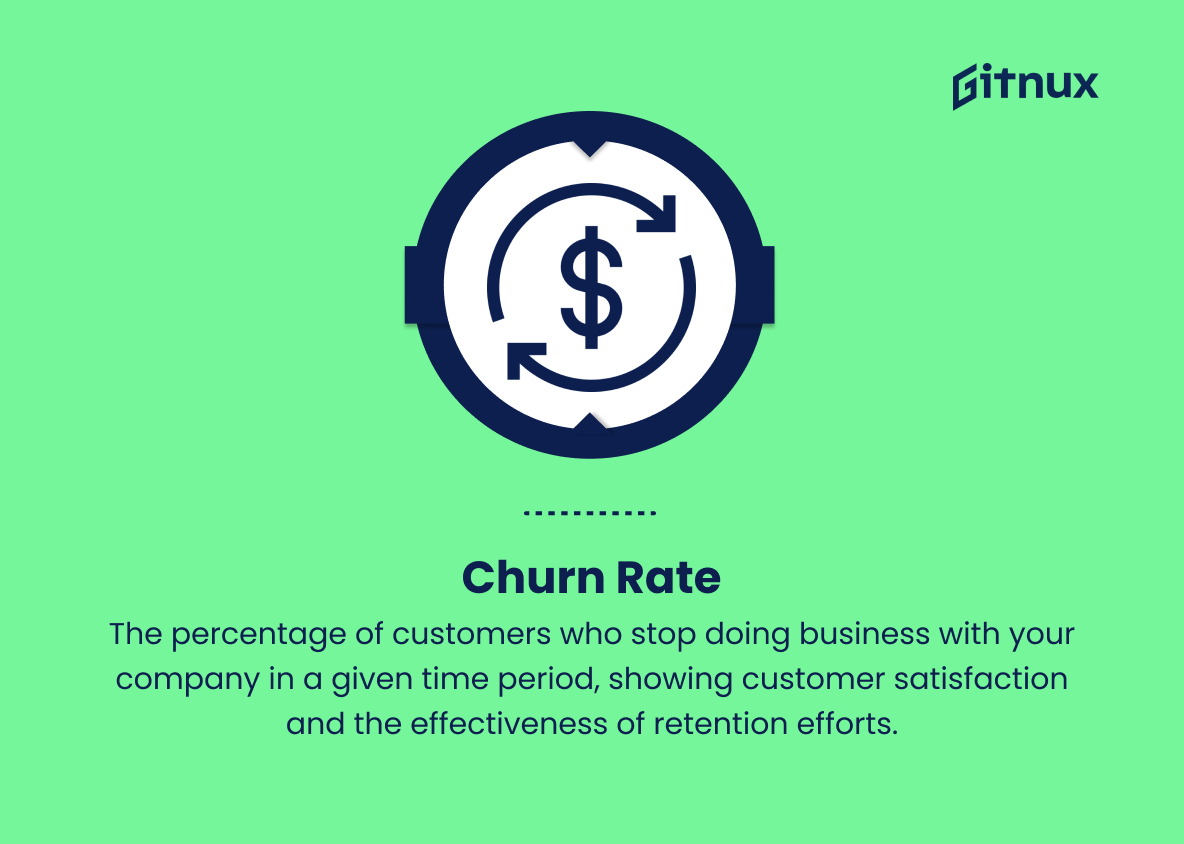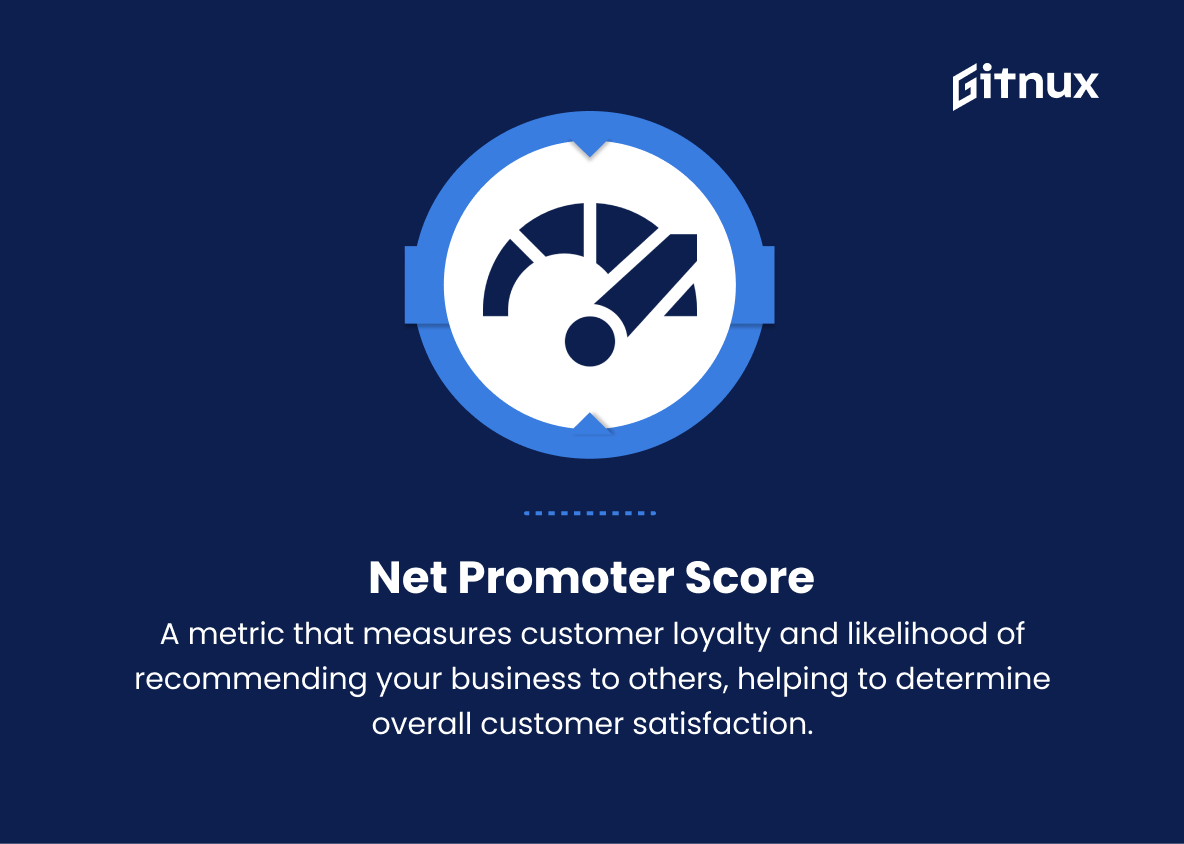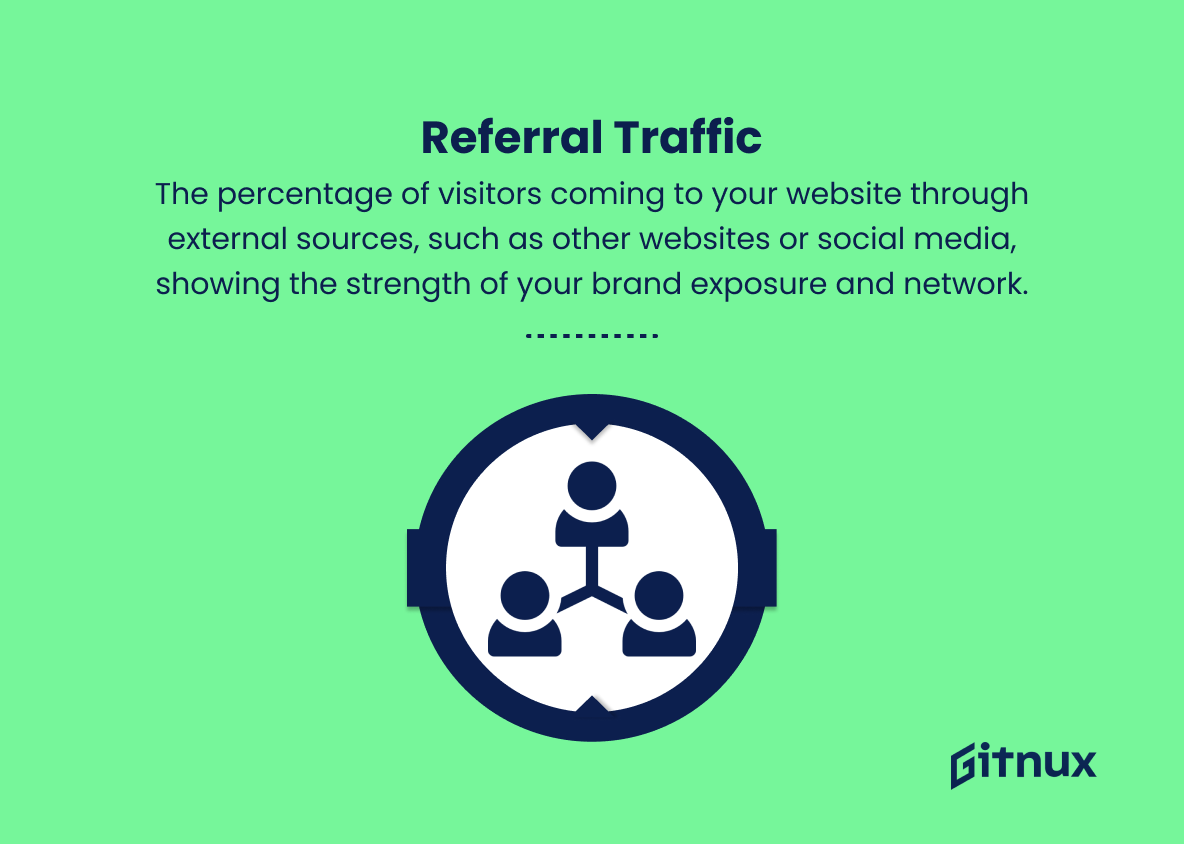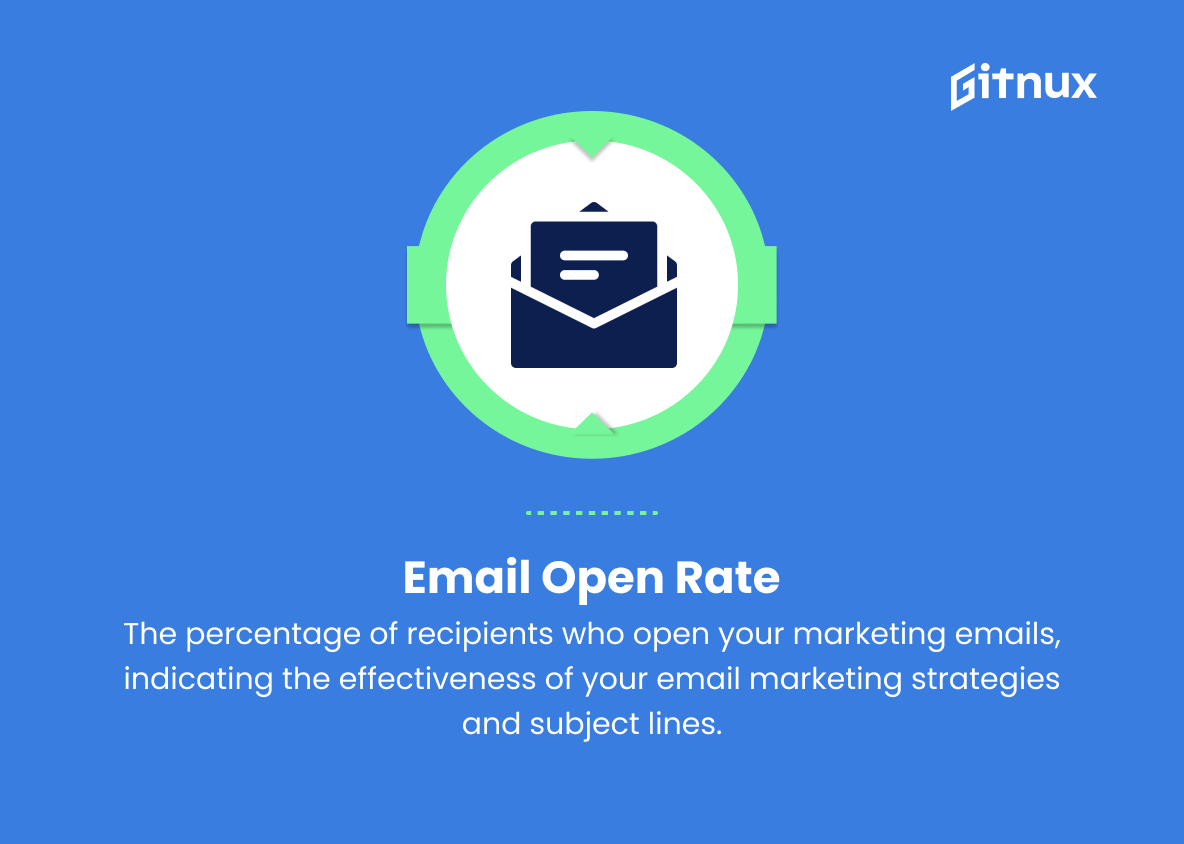To succeed in e-commerce, measuring and optimizing marketing funnel metrics is crucial. These metrics provide insights into the customer journey and help businesses tailor strategies to their audience. This post covers essential KPIs for driving growth, increasing ROI, and achieving success in e-commerce. Let’s dive in and learn how to use these metrics to propel your online store to new heights.
Ecommerce Funnel Metrics You Should Know
1. Website Traffic
The total number of visitors coming to your website, including new users and returning users.
2. Bounce Rate
The percentage of visitors who leave your website after viewing only one page, indicating a lack of engagement with your content or poor user experience.
3. Exit Rate
The percentage of visitors who leave your website from a specific page, showing which pages might need improvement to retain users.
4. Average Time on Site
The average amount of time visitors spend on your website, demonstrating how engaged they are with your content.
5. Conversion Rate
The percentage of visitors who complete a desired action on your website, such as making a purchase, signing up for a newsletter, or filling out a form.
6. Cart Abandonment Rate
The percentage of users who add items to their shopping cart but do not complete the checkout process, indicating possible issues with the checkout experience or pricing.
7. Average Order Value (AOV)
The average monetary value of all orders placed in a given time period, showing how much each customer is spending on average.
8. Revenue Per Visitor (RPV)
The amount of revenue generated per website visitor, helping to assess the effectiveness of marketing efforts and website user experience.
9. Customer Acquisition Cost (CAC)
The total cost of acquiring a new customer, including marketing and sales expenses, divided by the number of new customers acquired.
10. Customer Lifetime Value (CLV)
The total revenue generated from a customer over the entire lifetime of their relationship with your business, helping to determine the long-term value of each customer and inform marketing strategies.
11. Churn Rate
The percentage of customers who stop doing business with your company in a given time period, showing customer satisfaction and the effectiveness of retention efforts.
12. Return Rate
The percentage of products returned by customers, indicating the overall satisfaction with the product quality and accuracy of product descriptions.
13. Net Promoter Score (NPS)
A metric that measures customer loyalty and likelihood of recommending your business to others, helping to determine overall customer satisfaction.
14. Referral Traffic
The percentage of visitors coming to your website through external sources, such as other websites or social media, showing the strength of your brand exposure and network.
15. Email Open Rate
The percentage of recipients who open your marketing emails, indicating the effectiveness of your email marketing strategies and subject lines.
16. Email Click-Through Rate (CTR)
The percentage of email recipients who click on links within your marketing emails, demonstrating the effectiveness of your email content and call-to-actions.
Ecommerce Funnel Metrics Explained
E-commerce funnel metrics are crucial for optimizing the online shopping experience, driving sales, and sustaining growth. Metrics like website traffic, bounce rate, and exit rate identify areas for improvement. Metrics like AOV, RPV, CAC, and CLV evaluate monetary success. Churn rate, return rate, and NPS provide insights into customer satisfaction. Referral traffic, email open rate, and CTR assess marketing effectiveness. These metrics shape an efficient, user-friendly, and profitable shopping experience for customers.
Conclusion
Understanding and using e-commerce funnel metrics is crucial for online business success. Monitoring the customer journey provides insights for improving marketing strategies and enhancing the customer experience. Continuously optimizing these metrics drives growth and profitability. Stay ahead of the competition by keeping a keen eye on these metrics and consistently delivering value to your customers.
